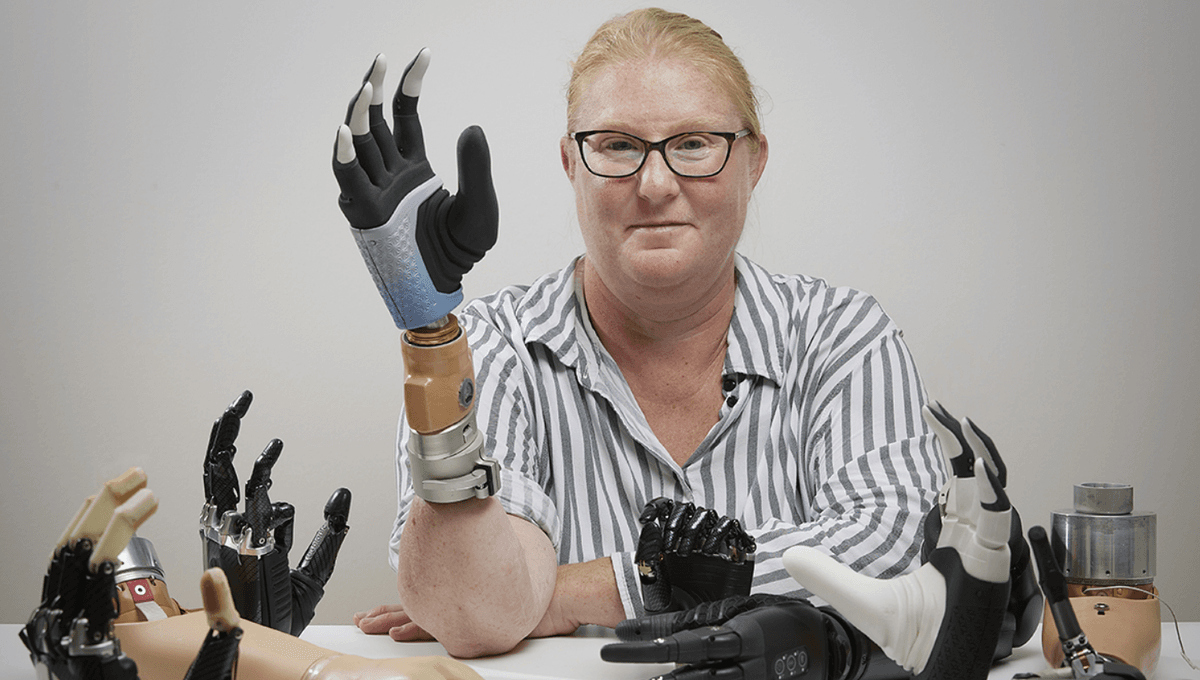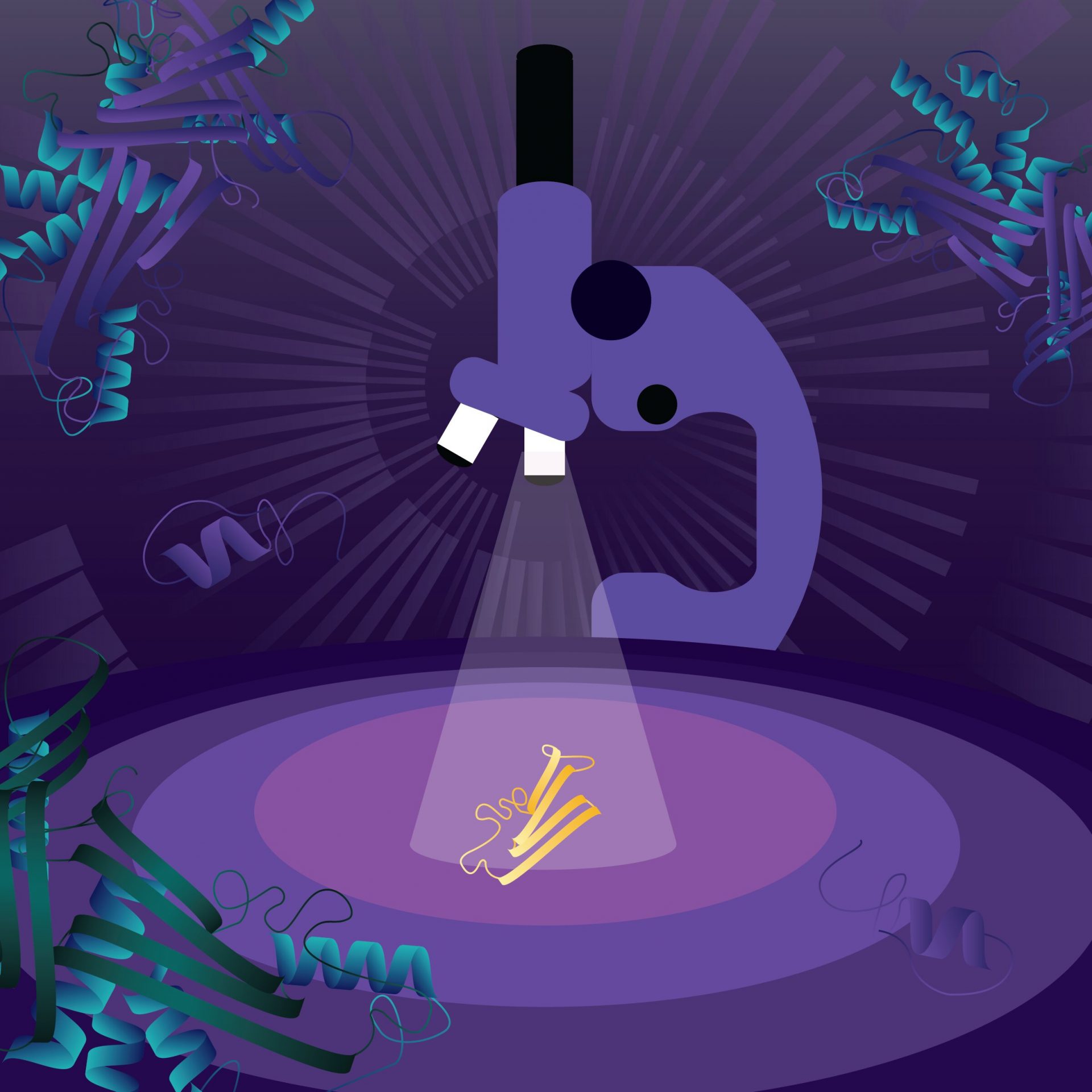Karin’s life changed forever when she lost her right arm in a farming accident over 20 years ago. Despite being given a prosthetic limb, she struggled with its cumbersome nature and the excruciating phantom limb pain that haunted her.
“It felt like I constantly had my hand in a meat grinder, which created a high level of stress and I had to take high doses of various painkillers,” Karin shared in a statement.
However, a few years ago, Karin was presented with a groundbreaking opportunity – a surgically modified bionic hand that seamlessly integrates with her body.
An international team of scientists, surgeons, and engineers developed a revolutionary human-machine interface. This interface allows the prosthesis to be directly attached to Karin’s skeleton, while also connecting to her nerves and muscles through implanted electrodes.
Thanks to this neuromusculoskeletal implant, Karin can now control her prosthetic hand with her mind, effortlessly picking up objects and moving her fingers at will.

Since receiving the bionic hand, Karin’s life has been transformed. She now uses it to assist with 80 percent of her daily tasks, and most importantly, she experiences significantly less discomfort.
“[I have] better control over my prosthesis, but above all, my pain has decreased. Today, I need much less medication,” she happily reported.
“This research has meant a lot to me as it has given me a better life,” Karin added gratefully.
The researchers involved in this project are equally thrilled with the results. One of the major challenges they faced was successfully integrating the artificial hand with Karin’s natural bone, a feat accomplished through osseointegration.
Titanium, known for its strength and biocompatibility, was used to create a sturdy mechanical connection between the bionic hand and the two bones of Karin’s forearm – the radius and ulna. Careful alignment and equal loading ensured a seamless fusion.
“Karin was the first person with below-elbow amputation to receive this highly integrated bionic hand. The fact that she has been able to comfortably and effectively use her prosthesis in daily activities for years is a promising testament to the life-changing potential of this novel technology for individuals facing limb loss,” explained Professor Max Ortiz Catalan, lead researcher and head of neural prosthetics research at the Bionics Institute in Australia, as well as the founder of the Center for Bionics and Pain Research (CBPR) in Sweden.
Karin is one of three patients enrolled in the EU Commission-funded project called DeTOP. The researchers hope that in the future, this advanced prosthetic technology will be accessible to anyone in need.
“By combining osseointegration with reconstructive surgery, implanted electrodes, and AI [artificial intelligence], we can restore human function in an unprecedented way. The achievements in below-elbow amputation level functionality mark an important milestone for advanced extremity reconstructions,” commented Professor Rickard Brånemark, research affiliate at MIT, associate professor at Gothenburg University, and CEO of Integrum.
The remarkable success of this study is published in the journal Science Robotics.








